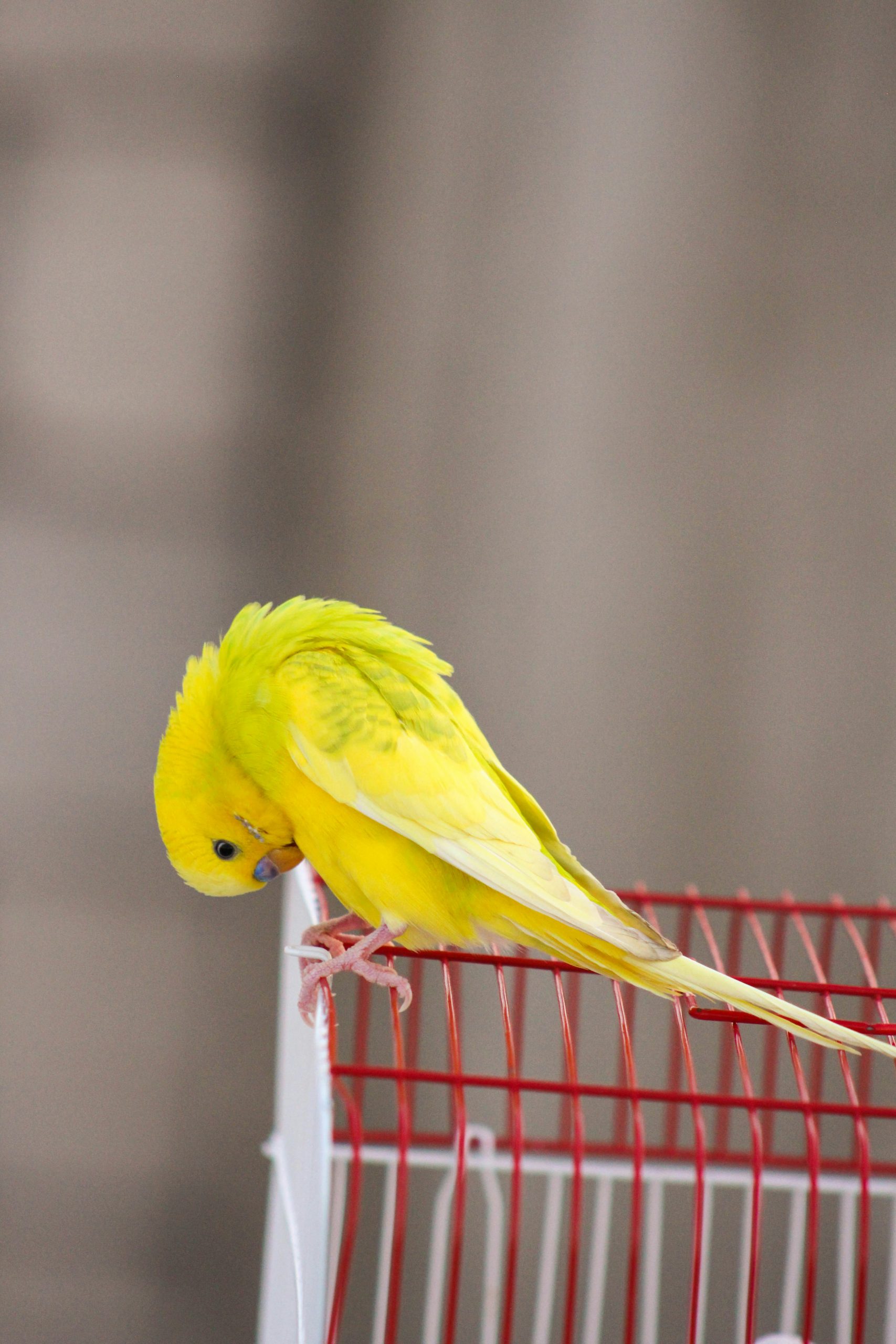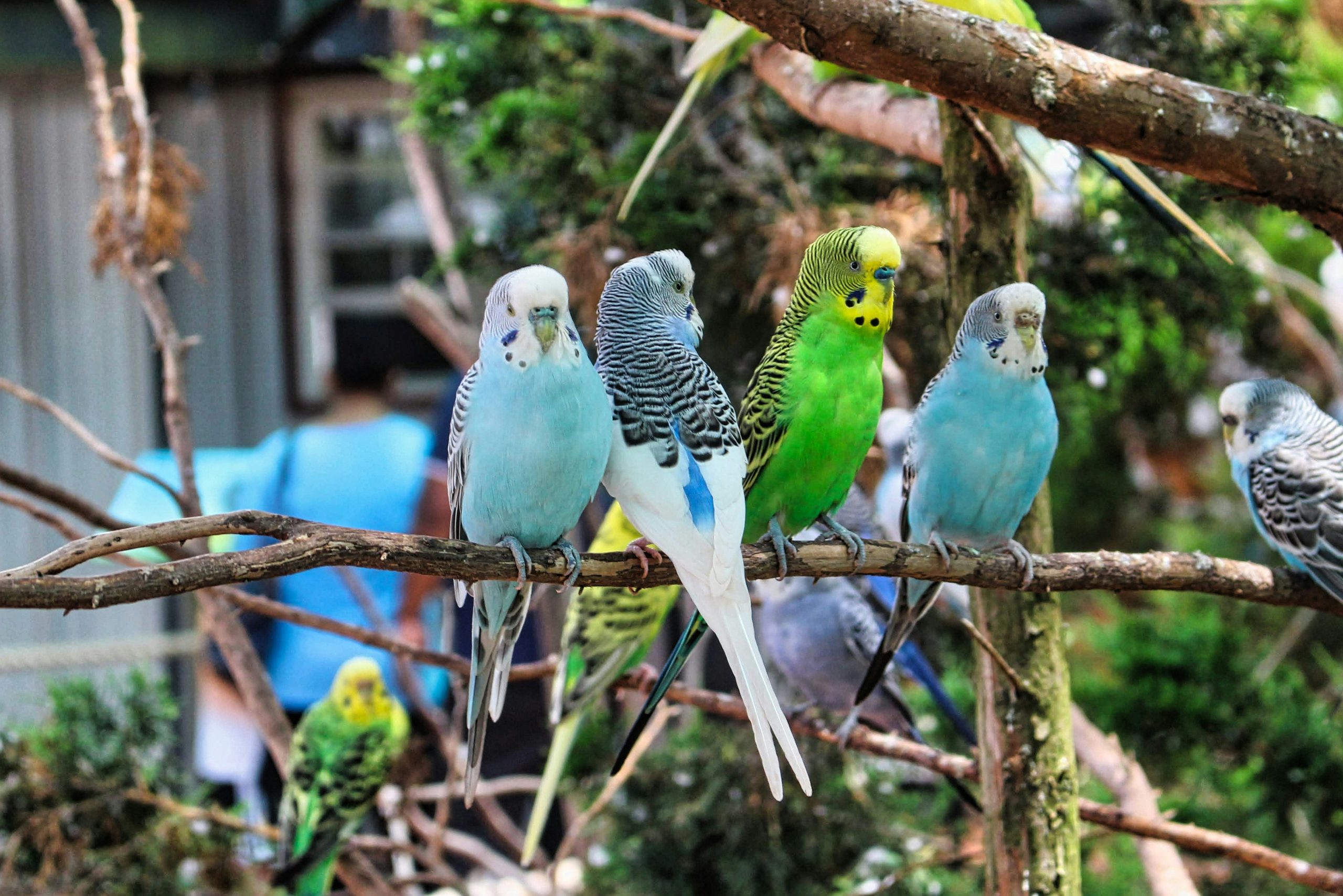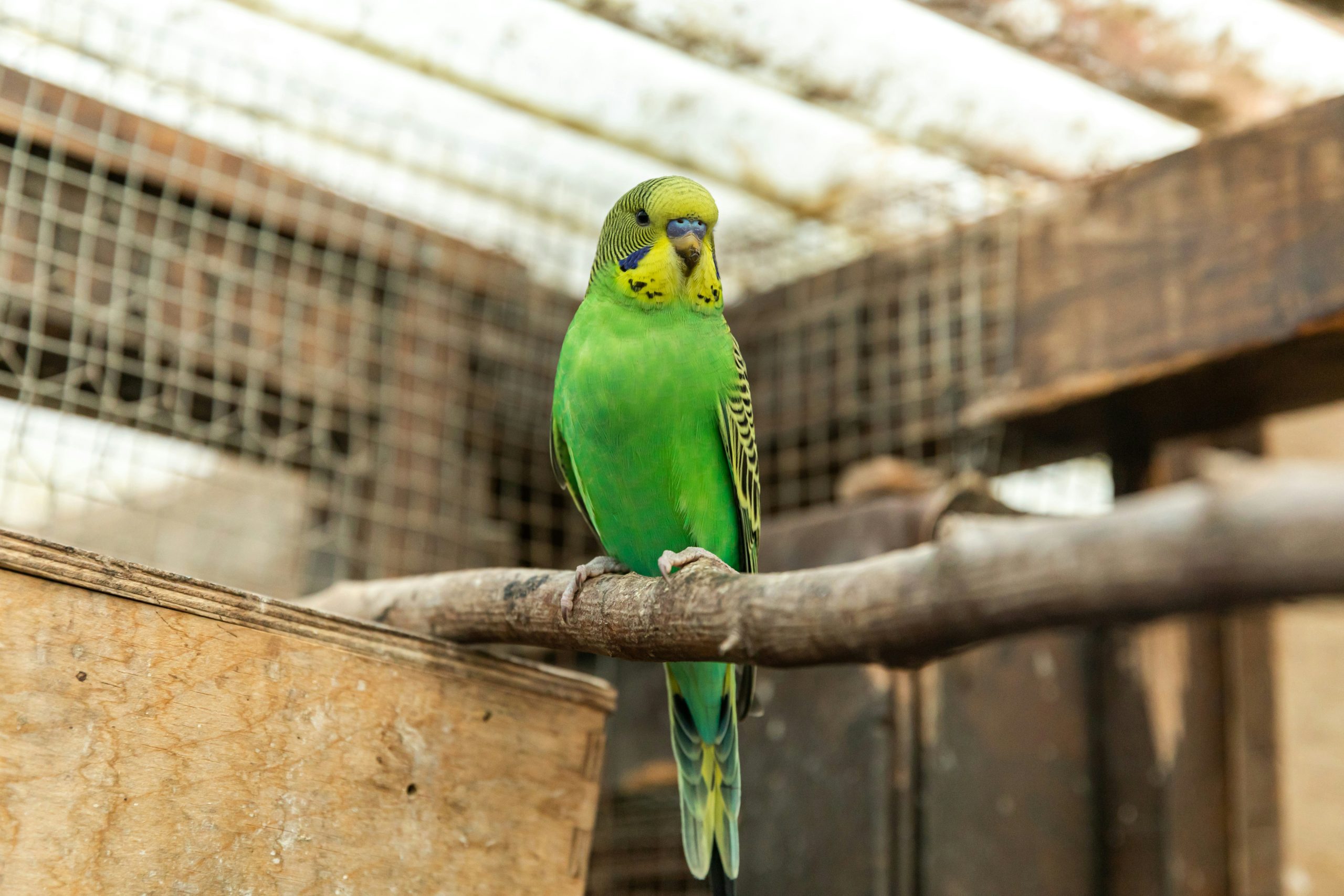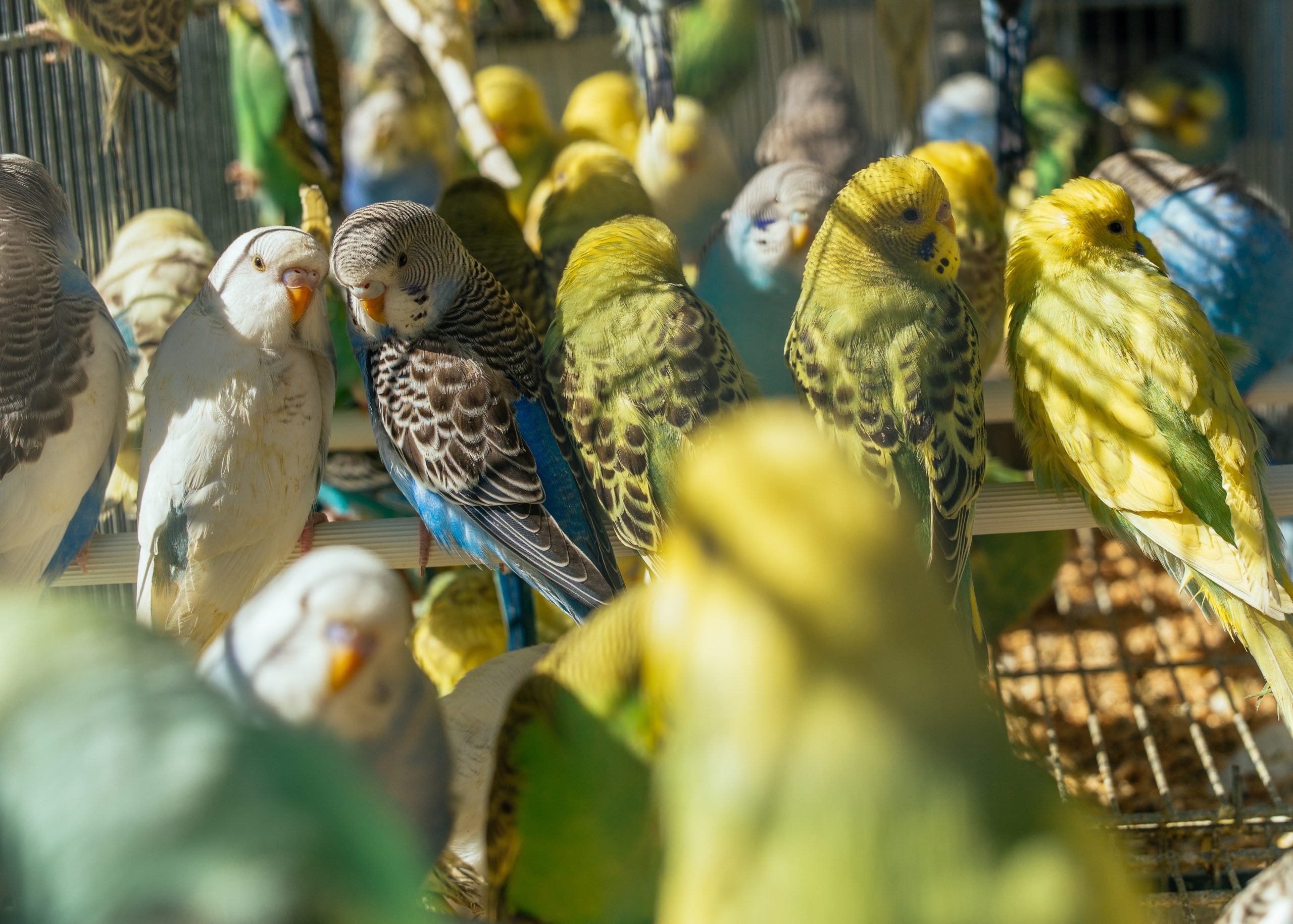A budgie egg hatching chart provides essential information on the timeline and stages of budgie egg development, aiding breeders in monitoring and caring for eggs.
Expert Opinion on Budgie Egg Hatching Charts:
A Valuable Tool, But Not a Crystal Ball: Avian veterinarians generally recommend using budgie egg hatching charts as a helpful reference during the incubation period. Here’s why they’re valuable:
- Visualization Tool: Charts provide a visual representation of the typical chick development timeline inside the egg.
- Estimated Milestones: Charts offer estimated timeframes for key stages like external pipping (chick pecking at the shell).
- Peace of Mind: Understanding the development process can alleviate some anxiety for breeders during hatching.
Limitations to Consider: Vets also advise keeping these limitations in mind:
- Individual Variations: Every chick develops at its own pace. There can be slight variations in hatching times compared to the chart.
- Not a Guarantee: A chart cannot predict hatching success. Factors like incubation temperature and humidity can influence hatching.
- Consult a Vet for Concerns: If you have any significant concerns about egg development or the hatching process, consult an avian veterinarian.
Case Study: The Worried Budgie Breeder
Here’s a fictionalized case study to illustrate the value and limitations of hatching charts:
- Scenario: Sarah, a new budgie breeder, is using a hatching chart to track the development of her hen’s eggs.
- Concern: It’s day 20 of incubation, and she hasn’t noticed any signs of external pipping, which the chart lists as expected around day 18-19.
- Action Taken: Worried, Sarah consults an avian veterinarian.
- Vet’s Advice: The vet reassures Sarah that slight variations are normal. They recommend monitoring the eggs closely for a few more days.
- Outcome: Thankfully, both chicks hatched healthy a day later (day 21).
Lessons Learned:
- Budgie egg hatching charts are a valuable tool for understanding chick development.
- Hatching times can vary slightly, so don’t panic if there’s a one or two-day difference from the chart.
- If you have serious concerns about egg development or the health of the breeding pair, consult a qualified avian veterinarian.
Note: This case study is for illustrative purposes only and should not be taken as a substitute for professional veterinary advice.
Baby Budgie Growth Stages
Budgies, also known as parakeets, are beloved household pets that have captured the hearts of many bird enthusiasts worldwide. These vibrant and playful birds are famous for their ability to mimic speech and their charming personalities. One of the most exciting aspects of owning budgies is the opportunity to witness their growth from tiny eggs to fully-fledged adults. In this comprehensive article, we will delve into the fascinating world of budgie egg hatching and provide you with a detailed chart that chronicles the various stages of their development.
The Budgie Egg Hatching Process
Before we explore the growth stages, it’s essential to understand the budgie egg hatching process. Budgies typically lay their eggs in clutches of four to six eggs. The incubation period for budgie eggs is approximately 18-21 days. During this time, the parents take turns sitting on the eggs to maintain the appropriate temperature and humidity levels.
Once the eggs hatch, the baby budgies, known as chicks, emerge as tiny, helpless creatures covered in a light-yellow down. Their eyes are closed, and they rely entirely on their parents for food and warmth.
Day 1: The Newborn Chicks
On the first day of life, the budgie chicks are completely dependent on their parents. They are unable to regulate their body temperature and require constant warmth from their parents’ brood patches. At this stage, the chicks have minimal feather development and appear naked with only a few tufts of down.
Week 1: Feather Development Begins
During the first week, the chicks undergo rapid growth, and their feather development begins. By the end of the first week, you’ll notice the emergence of their first feathers, known as down feathers. These downy feathers provide insulation and help regulate their body temperature.
Week 2: Pinfeathers and Increasing Activity
In the second week, the chicks’ development accelerates. Pinfeathers, which are the shafts of the new feathers, start to emerge. The chicks become more active and begin to move around the nest. Their eyes open, and their beaks start to develop strength, allowing them to accept solid food from their parents.
Week 3: Feather Growth and Wing Development
By the third week, the chicks’ feathers continue to grow, covering their bodies. Their wings start to develop, and you may notice them stretching and exercising their wing muscles. They become more vocal, chirping and communicating with their parents.
Week 4: Fledging and Leaving the Nest
Around the fourth week, the chicks are ready to fledge, or leave the nest. Their feathers have fully developed, and they can now fly short distances. This is a crucial stage for socialization and bonding with their owners or caretakers.
Week 5-7: Weaning and Gaining Independence
During weeks 5-7, the weaning process begins. The chicks gradually transition from a diet of regurgitated food provided by their parents to solid seeds and pellets. They become more independent and explore their surroundings. By the end of this period, they should be fully weaned and ready to leave their parents’ care.
Week 8 and Beyond: Maturity and Potential for Talking
From week 8 onwards, the budgies enter their adolescent stage and continue to grow and develop. Their colors become more vibrant, and their personalities start to shine through. Some budgies may even begin to mimic sounds and words, showcasing their potential for talking and vocalizations.
Data Representation: Budgie Growth Chart
To provide a visual representation of the budgie growth stages, we have included a table that summarizes the key milestones at each stage:
| Week | Growth Stage | Feather Development | Behavior |
|---|---|---|---|
| 0 | Hatching | None | Helpless, eyes closed |
| 1 | Newborn | Down feathers emerge | Minimal activity |
| 2 | Pinfeathers | Pinfeathers appear | Eyes open, increased activity |
| 3 | Feathering | Feather growth | Wing exercises, vocalization |
| 4 | Fledging | Fully feathered | Leaves nest, short flights |
| 5-7 | Weaning | Adult plumage | Independent feeding, exploration |
| 8+ | Maturity | Vibrant colors | Potential for talking |
Conclusion: Budgie Egg Hatching Chart
Witnessing the growth and development of budgie chicks is a truly remarkable experience. From the moment they hatch as tiny, helpless creatures to their transformation into vibrant, independent birds, each stage is filled with wonder and excitement. By understanding the budgie egg hatching chart and the various growth stages, you can better appreciate the amazing journey these little feathered companions undertake.
Whether you’re a seasoned budgie owner or a newcomer to the world of these delightful pets, this guide will provide you with valuable insights and help you enjoy every moment of your budgie’s growth. Remember, patience, proper care, and a loving environment are key to raising healthy and happy budgies.
FAQs
How long does budgies eggs take to hatch?
Budgie eggs typically take between 18-21 days to hatch after being laid by the female.
Why are my budgie eggs not hatching?
There could be several reasons why budgie eggs are not hatching, including infertility, improper incubation temperature or humidity, or issues with the parents’ health or behavior. It’s important to monitor the eggs closely and consult with an avian veterinarian if necessary.
Do budgies sit on their babies?
Yes, budgie parents take turns sitting on their eggs and chicks to provide warmth and protection. The female typically spends more time on the nest during the incubation and early chick stages, while the male takes over for shorter periods.
How many eggs do budgies lay first time?
First-time budgie parents typically lay between 4-6 eggs in their initial clutch. However, the number of eggs can vary based on factors such as age, health, and environmental conditions.
Can I touch budgie eggs?
It is generally not recommended to touch budgie eggs as this can transfer human scents and potentially cause the parents to abandon or reject the eggs. It’s best to observe the eggs from a distance and avoid unnecessary disturbance.
What are the signs of budgies mating?
Signs of budgies mating include increased vocalization, courtship behavior (such as mutual preening and beak rubbing), and the male regurgitating food for the female. Additionally, the female may display nesting behavior and become territorial.
Which month do budgies mate?
Budgies can mate and breed throughout the year, but they tend to be most active during the spring and summer months when daylight hours are longer and temperatures are warmer.
At what age do budgies stop mating?
Budgies typically remain fertile and capable of breeding until around 5-7 years of age. However, their fertility and egg production may gradually decline as they approach their senior years.
Do female budgies lay eggs without mating?
Yes, female budgies can sometimes lay eggs even without mating with a male. These eggs are unfertilized and will not develop into chicks, but the female may still exhibit nesting behavior and sit on the eggs for a while.
How do you tell if an egg is going to hatch?
Signs that a budgie egg is going to hatch include a visible movement or rocking of the egg, a small crack or chip in the shell, and the presence of a pip (a small hole made by the chick’s beak as it emerges from the egg).
Do budgies sit on eggs at night?
Yes, budgie parents typically continue to sit on their eggs during the night to maintain the proper temperature and humidity levels for incubation.
How do I know if my budgie egg is fertile?
To determine if a budgie egg is fertile, you can carefully candling the egg (shining a bright light through it) around 5-7 days after it was laid. A fertile egg will appear opaque with visible blood vessels, while an infertile egg will remain clear.
What do baby budgies eat?
Baby budgies, or chicks, are initially fed a nutritious crop milk regurgitated by their parents. As they grow older, their parents introduce them to solid foods like seeds, pellets, and fresh vegetables.
Do budgies sit on eggs all day?
Budgie parents take turns sitting on their eggs throughout the day and night, with the female typically spending more time on the nest during the incubation and early chick stages.
Do male budgies sit on eggs?
Yes, male budgies assist in the incubation process by taking turns sitting on the eggs when the female needs to leave the nest for short periods to eat, drink, and exercise.
Why do budgies destroy their eggs?
Budgies may destroy their eggs for various reasons, including hormonal imbalances, lack of proper nesting conditions, stress, or inexperience as first-time parents. Sometimes, they may abandon or break the eggs if they sense something is wrong with the embryo development or if they feel threatened in their environment.
What is the mating ritual of budgies?
The mating ritual of budgies involves courtship behaviors such as mutual preening, beak rubbing, and the male regurgitating food for the female. The male may also bob his head up and down and spread his wings to attract the female. Once the female is receptive, the mating process itself is relatively brief, lasting only a few seconds.
How can you tell if a baby budgie is male or female?
It can be challenging to determine the sex of a baby budgie until they reach sexual maturity, which typically occurs around 6-9 months of age. However, some signs that may indicate the gender include the presence of a cere (the fleshy area above the beak), with males having a bluish-purple cere and females having a tan or brown cere. Additionally, males may be slightly larger and have a more pronounced iris ring around their eyes.
Do budgies mate in cage?
Yes, budgies can mate and breed in captivity, even in a cage environment. However, it’s crucial to provide them with a suitable nesting box and ensure their cage is large enough to accommodate their breeding activities and the potential addition of chicks.
How many babies do budgies have?
Budgies typically lay clutches of 4-6 eggs, although the number can vary depending on factors such as the age and experience of the parents, as well as environmental conditions. Not all eggs may hatch successfully, but budgies can potentially raise several chicks in a single clutch.
How do you take care of a budgie egg?
To care for budgie eggs, it’s essential to provide the parents with a suitable nesting box filled with nesting material (like shredded paper or wood shavings). Maintain a consistent temperature and humidity level in their enclosure, and avoid disturbing the nest unnecessarily. Monitor the eggs for any signs of development or issues, but allow the parents to incubate and care for the eggs themselves.
Are budgies good parents?
In general, budgies are considered good parents. Both the male and female share the responsibilities of incubating the eggs, feeding the chicks, and keeping the nest clean. They are typically attentive and protective of their offspring, ensuring their survival and proper development.
Can you eat budgie eggs?
While budgie eggs are technically edible, it is not recommended to consume them. Budgie eggs are tiny, making them impractical for human consumption. Additionally, budgies are domesticated pets, and their eggs may contain harmful bacteria or contaminants that could pose health risks if ingested.
Can two female budgies lay eggs?
Yes, it is possible for two female budgies to lay eggs, even without the presence of a male. This phenomenon is known as “egg-laying by stimulation” or “hormonal egg-laying.” However, these eggs will be infertile and cannot develop into chicks, as fertilization from a male is necessary for embryo development.




